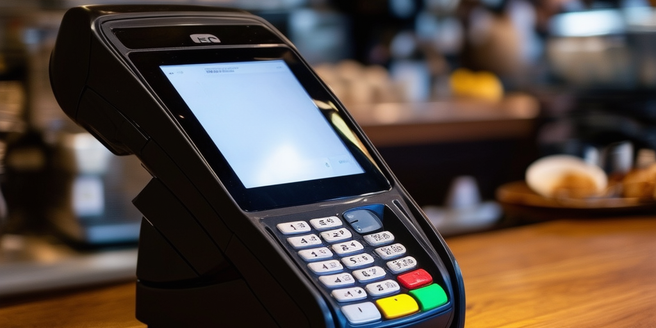
Introduction to Contactless Payment Technology
Contactless payment technology allows transactions to be conducted without the physical swipe or insertion of a credit card. This is achieved through Near Field Communication (NFC) technology, which enables the card to communicate wirelessly with a point-of-sale terminal. Users simply hold their card or mobile device near the terminal to complete the transaction, making the process faster and more convenient. It also minimizes physical contact, which is particularly beneficial in maintaining hygiene standards. With the ongoing shift towards digital payments, contactless payment methods are increasingly becoming the norm. Understanding how this technology works is crucial for both consumers and businesses in today’s fast-paced, tech-driven world.
How Contactless Credit Cards Work
Contactless credit cards operate using a tiny radio frequency antenna embedded within the card. When held near a contactless-enabled terminal, the antenna transmits payment information via NFC. This method allows transactions to be completed in seconds, without the need for physical contact. The terminal sends a signal that powers the card’s antenna, enabling it to transmit encrypted payment data. The process is secure and convenient, reducing the time spent at checkout and enhancing the overall user experience. This technology aligns with the growing demand for fast and efficient payment solutions in various retail environments.
Security Features of Contactless Cards
Contactless cards incorporate several security measures to protect users’ financial data. Each transaction generates a unique cryptographic code, making it difficult for fraudsters to replicate. Additionally, the short range of NFC communication—typically a few centimeters—prevents unauthorized access from a distance. On top of that, many contactless cards come with zero-liability protection, ensuring that cardholders are not responsible for fraudulent charges. These features work together to provide a high level of security, even as the convenience of contactless payments continues to grow. Understanding these security measures can help users feel more confident in using contactless technology.
Common Misconceptions About Contactless Security
One common misconception about contactless cards is that they are more susceptible to fraud than traditional cards. However, the technology behind contactless payments incorporates multiple layers of security, including encryption and dynamic data. Another myth is that contactless cards can be easily scanned by thieves in crowded places. In reality, security features are continually updated to address potential threats. The short range of NFC communication makes such scenarios highly unlikely. It’s also worth noting that most financial institutions offer robust protection policies against unauthorized transactions. By debunking these myths, consumers can better understand the security and convenience offered by contactless payment systems.
Steps to Protect Your Contactless Card
While contactless cards are designed to be secure, there are still steps you can take to enhance your card’s safety. Always keep your card in a secure location and consider using a wallet designed to block RFID signals. Regularly monitor your account statements for any unusual activity and report any suspicious transactions immediately. It’s also a good idea to set up alerts for transactions over a certain amount. Additionally, make sure to update your card’s information with the bank if it’s lost or stolen. These precautions can help you safeguard your financial information and enjoy the convenience of contactless payments without worry.
Future Trends in Contactless Payment Security
As contactless payments become more prevalent, ongoing advancements in security technology are essential. Emerging trends include biometric verification, such as fingerprint or facial recognition, to add an extra layer of security. Additionally, the use of artificial intelligence and machine learning to detect and prevent fraudulent activities is on the rise. Furthermore, regulatory bodies are also implementing stricter guidelines to ensure the safety of digital transactions. Another promising development is tokenization, which replaces sensitive payment information with a secure digital token during transactions. These innovations aim to enhance the security framework of contactless payments, making them even safer and more reliable for consumers worldwide.
